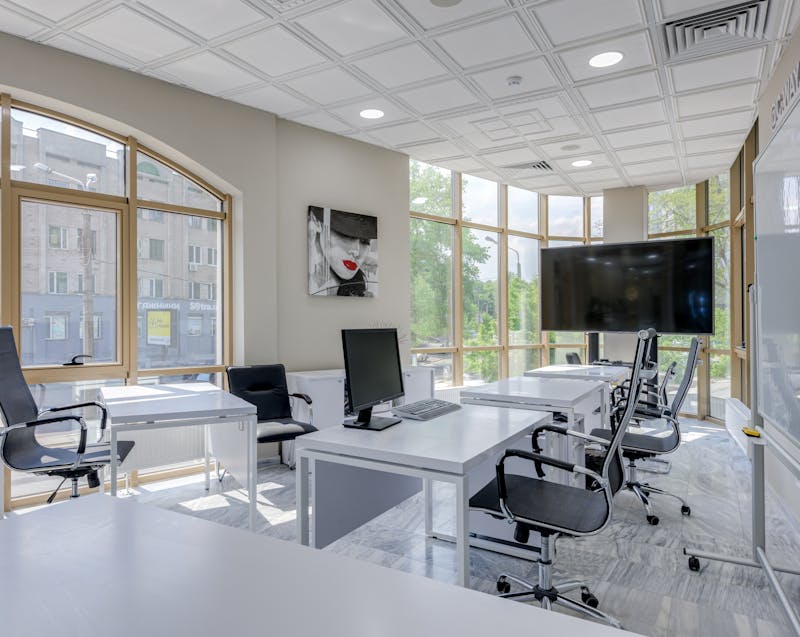Changing weather conditions and wind-driven particles in the air become harsh elements that can cause the exteriors of your building to deteriorate rapidly. Protect the beauty of your building using innovative solutions.
Nature is often associated with everything good. This may not always be true, however, when it comes to buildings. The beautiful façade of the new building you see today may not look the same a year after. Every day, the exteriors of these structures are confronted by the harsh elements brought about by the ever-changing weather conditions. You may start seeing some unsightly stains after a year of being exposed to natural elements. The worst part about it is what you don’t see with your naked eye. Before you know it, these natural elements have already caused damage to your building, which can be irreparable at times. Something must be done before it happens.
Universal Solvent
According to the United States Geological Survey (USGS), a great number of substances can be dissolved by using water. While water alone may not dissolve concrete, it can seep through cracks and dissolve other minerals in hardened concrete. Often, the effect is not immediate but as time passes by, it will become more noticeable. Water damage is the biggest challenge among many building maintenance teams.
Whether your building is located in tropical Hawaii, the hot Gulf Coast, or arctic Alaska, it is still vulnerable. How is this possible when some areas experience only a few inches of precipitation each year? Studies have shown that even a small amount of precipitation can cause moisture to form in concrete building facades. This can cause considerable damage which can worsen as each day passes by.
Unseen Enemy
In a study conducted by the US Environmental Protection Agency, water moisture is a major cause of building façade deterioration. It presents a problem not only for building owners and maintenance personnel but also for the occupants. The Centers for Disease Control and Prevention (CDC) have stated that external sources like rainwater can cause moisture to form. This will encourage bacteria and fungi growth which can be harmful to the health of building occupants. Such moisture also fosters the proliferation of disease-carrying insects, which is also a hazard to building visitors and tenants alike. When you look at it, rainwater-induced moisture becomes not just an aesthetic problem but a health concern as well.
A Clever Solution
 While you may not be able to stop rain from falling, you can minimize its effects. Innovative engineering technologies like the installation of a glass rainscreen prove to be very effective in protecting building facades. For one, it can stop rain-driven moisture formation, as well as moisture brought about by cold winds. Its maintenance-friendly design allows maintenance personnel to focus on other building care tasks. Rainscreen claddings are very durable and are quick to install even in old buildings, eliminating the need for costly demolitions. Best of all, they add beauty and style to the building, completely transforming and greatly improving its façade.
While you may not be able to stop rain from falling, you can minimize its effects. Innovative engineering technologies like the installation of a glass rainscreen prove to be very effective in protecting building facades. For one, it can stop rain-driven moisture formation, as well as moisture brought about by cold winds. Its maintenance-friendly design allows maintenance personnel to focus on other building care tasks. Rainscreen claddings are very durable and are quick to install even in old buildings, eliminating the need for costly demolitions. Best of all, they add beauty and style to the building, completely transforming and greatly improving its façade.
Efficiency and Efficacy
In a study published by the PennState College of Engineering, rainscreen claddings help prevent moisture by creating fixed airspace that will help drain and ventilate walls. Preventing moisture formation helps protect against deterioration, increasing the lifespan of building walls and facades. Best of all, rainscreen materials also help prevent the formation of mold and greatly improve the quality of indoor air.
Installing one is like hitting two birds with one stone. First, you protect the beauty of the building and second, you protect the health of the occupants. When it comes to efficiency and efficacy of this type of solution, various government agencies and educational institutions have spoken. Rainscreens have exceeded expectations when it comes to their designed function. So, if you are facing possible moisture-induced building façade damage, you now know what to do.





